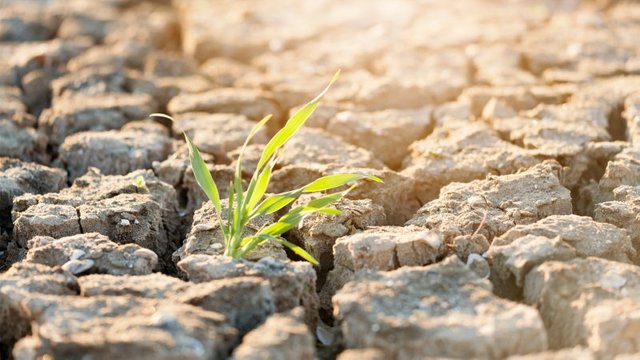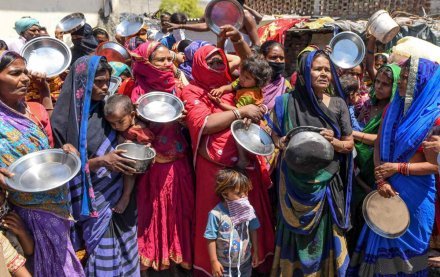Coronal food crisis: the possibility of a global famine?
Coronavirus has spread around the world since the first case of Kovid-19 was identified in China in December, affecting almost every country in the world. As a result of the epidemic we know that the world, its color has changed a lot, in the age of globalization people have chosen a confined life. The economically strong and industrialized countries of the first and second world have gone into rapid lockdown to secure the lives of the people, providing the people with the necessities of life.
In the face of pressure from civil society and the public, lockdown has also been implemented in the interest of the safety of life in Third World countries, which are economically weak, with low per capita incomes. Although these countries, which depend on agriculture and informal employment, have implemented lockdowns, they have not been able to take responsibility for the daily needs of their citizens like the countries of the first world. As a result, the poor people of the Third World, whose average per capita income is less than two dollars, are facing life and economic crisis.
*Is the world facing a food crisis?
Since the onset of the epidemic, most countries in the world have stopped all travel and commercial transactions and moved towards isolation. With a growing number of infections and deaths, the world is focused on masks, ICU beds, ventilators and vaccines. Imports and exports have been halted due to the closure of trade between the two countries, which has also affected food imports and exports.
In the meanwhile, due to house arrest, economic activities have stopped and those who used to make a living by working in the informal sectors have lost their income. Many non-governmental organizations are also laying off workers to prevent economic losses, resulting in rising unemployment.
As a result, even if the source of livelihood is cut off, the poor in different parts of the world are facing more obstacles than ever before to earn a living. In the first and second world, with the help of the state, the citizens of those countries are getting help to spend their days in this crisis, the marginalized and urban poor of the third world are spending their savings. Is this how the crisis will end?
No. In a real sense, we have just entered the beginning of the crisis. The crisis is unlikely to end soon, the epidemic is unlikely to end quickly. As a result, we need to look at this crisis through the lens of a few years, not just a few months. Conflicts over geopolitics, resources and leadership will escalate in the future. But, above all, the food crisis will emerge as the biggest crisis.
First, one of the reasons for the food crisis is the barrier between food producers and consumers. During the epidemic, both domestic and global communication remained closed. Top countries in the world such as India, China, Vietnam, Philippines have stopped exporting rice and Egypt has stopped exporting wheat. It is unlikely that the export ban will be lifted soon.
Also, seaports are closed, through which about 90 percent of international trade is imported and exported. As a result, the basic condition for creating a food crisis, the barrier between food producers and consumers, is not being overcome easily.
Second, when food imports and exports have stopped, or flows from one place to another have stopped, food prices have naturally risen.The World Bank says the epidemic, which has hampered food flows, will push up rice prices by 25 percent and wheat by 40 percent. Since the poor have no income, unemployment is rising, resulting in reduced food availability.


